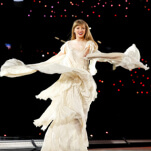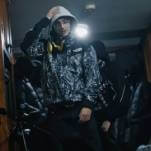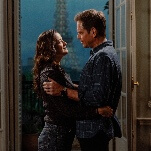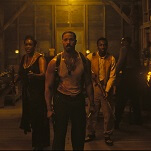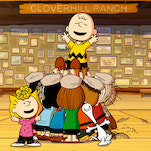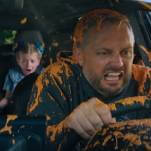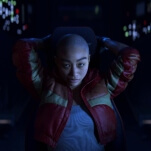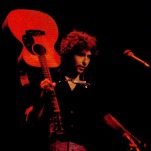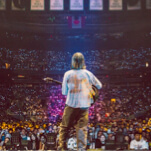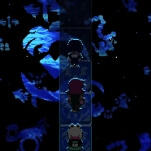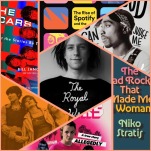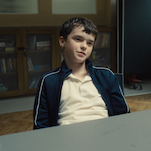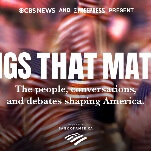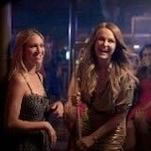Charulata / The Big City

In a just world, Madhabi Mukherjee would have the same iconic presence in cinema history (for an American audience) as European contemporaries like Jeanne Moreau, Catherine Deneuve, and Giulietta Masina. Deneuve is perhaps the strongest parallel—both women are so stunningly beautiful that it’s easy to overlook the shrewd intelligence that underlies their every move. Mukherjee worked with such esteemed directors as Ritwik Ghatak (The Golden Thread) and Mrinal Sen (Calcutta 71), but she remains best known for the three films she made with the great Satyajit Ray, two of which are being released by Criterion this week. With any luck, they’ll introduce her to a new generation of devotees.
Of the two, Charulata (1964), sometimes known in English as The Lonely Wife, is by far the more renowned—many critics consider it Ray’s finest work, the Apu Trilogy included. Set in the late 19th century, it stars Mukherjee as Charu (for short), a woman with a deeply poetic soul who’s married to a kind but rather literal-minded newspaper editor (Shailen Mukherjee, no relation). Aware of his wife’s restlessness—she paces their enormous, empty house like a caged tiger—Shailen invites his cousin (Soumitra Chatterjee), an aspiring writer, to stay with them and keep her company, little realizing the wild torrent of emotions his visit will unleash. Yet this is no simple illicit love affair, as Charu’s desire is more for knowledge, beauty, and simple human contact than for Chatterjee himself.
Because Charulata deals with repressed passion—one of the all-time great movie subjects—it has a universal appeal that transcends culturally specific details. Nonetheless, Western viewers may get lost in the film’s thicket of literary references, most of which involve Bengali writers unknown in the U.S. There’s also a fundamental schematism to its division between art and politics, as if devotion to one always entails a complete lack of interest in the other. But the movie’s biggest “flaw,” if you want to call it that, is the way that Madhabi Mukherjee’s scorching sensuality overshadows her comparatively weak male co-stars. Chatterjee, with his pencil mustache and puppy-dog earnestness, seems a paltry repository for the intensity of her gaze, which threatens to set shrubbery and small animals on fire; she’s so much more alive than everyone else onscreen that she makes what’s meant to be a complex situation seem cut and dried.
That’s decidedly not the case in The Big City, which Ray made a year earlier. In most respects, it appears to be a smaller, simpler, less ambitious movie (despite being pretty long), and consequently tends to get filed as “minor Ray.” Mukherjee plays a character almost diametrically opposed to Charulata—indeed, she spends much of the movie selling sewing machines door to door to idle rich ladies. That she has a job at all is The Big City’s dramatic fulcrum. Her husband (Anil Chatterjee), who works for a bank, would prefer to provide for his extended family solo, but reluctantly agrees to let Mukherjee bring in some extra cash; she’s so successful a saleswoman, however, that her income rapidly eclipses his, precipitating all manner of dissension. And that’s it, basically: the story of a housewife who develops a new sense of identity and self-respect by taking a job. A nice feminist parable. Nothing too exciting.




